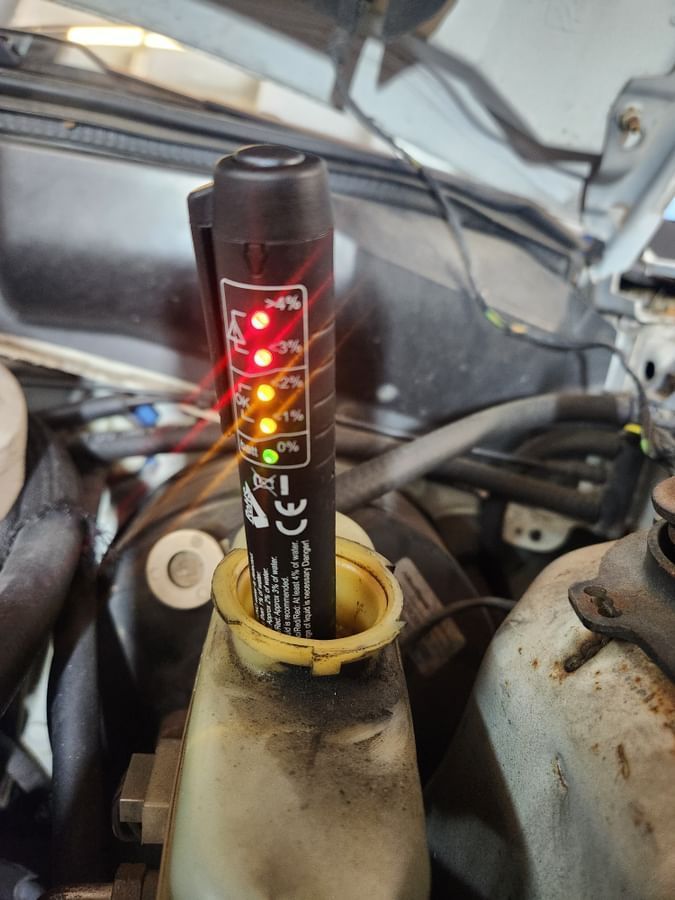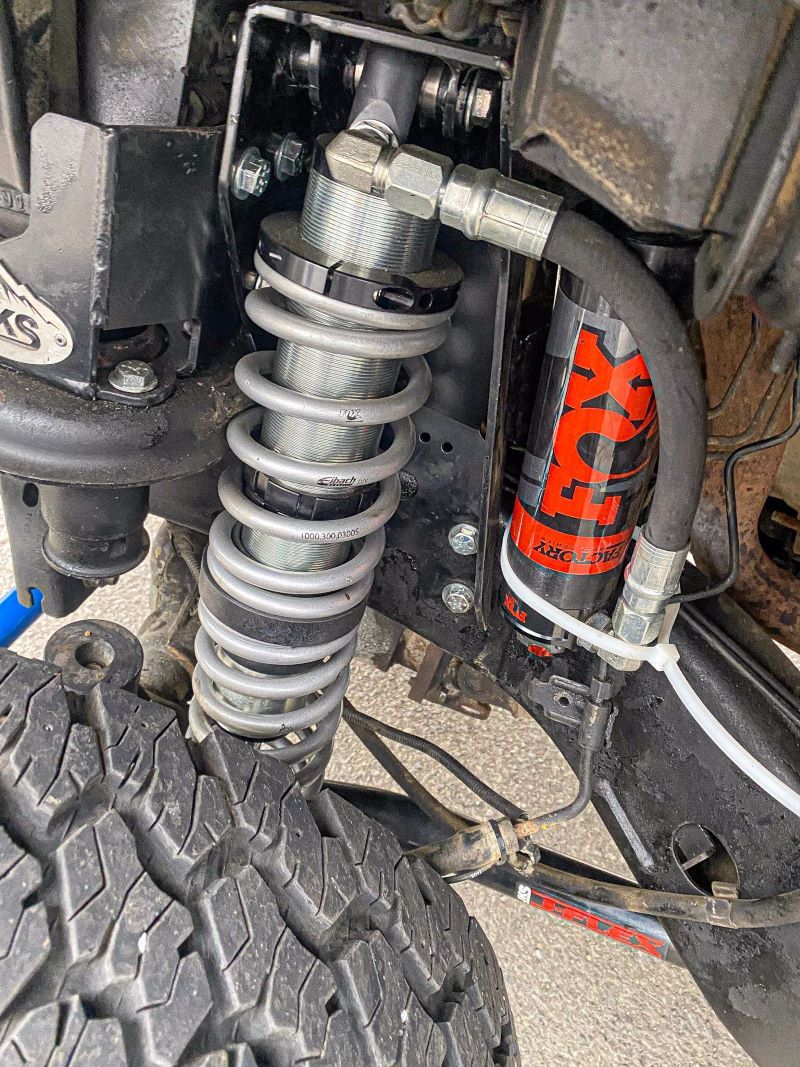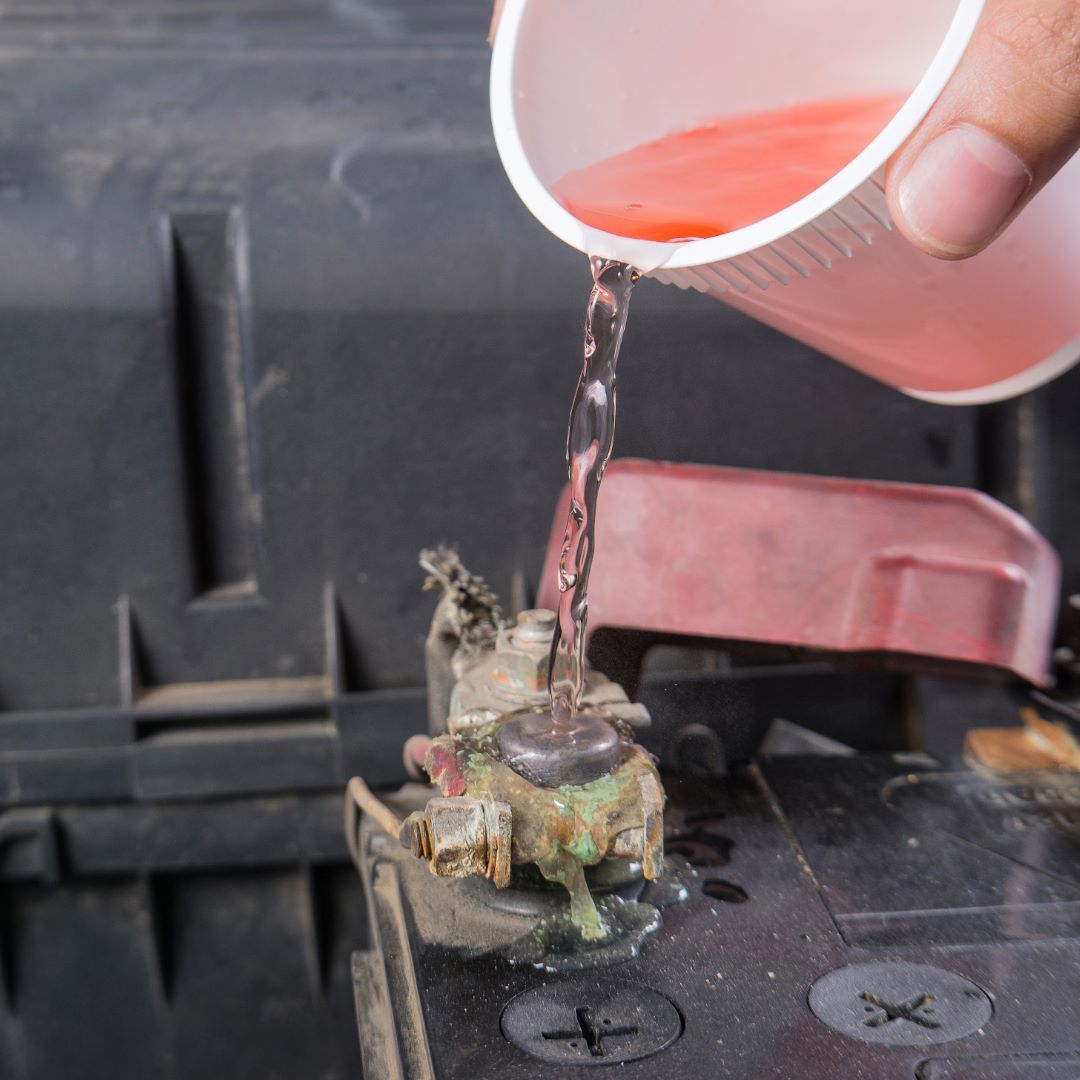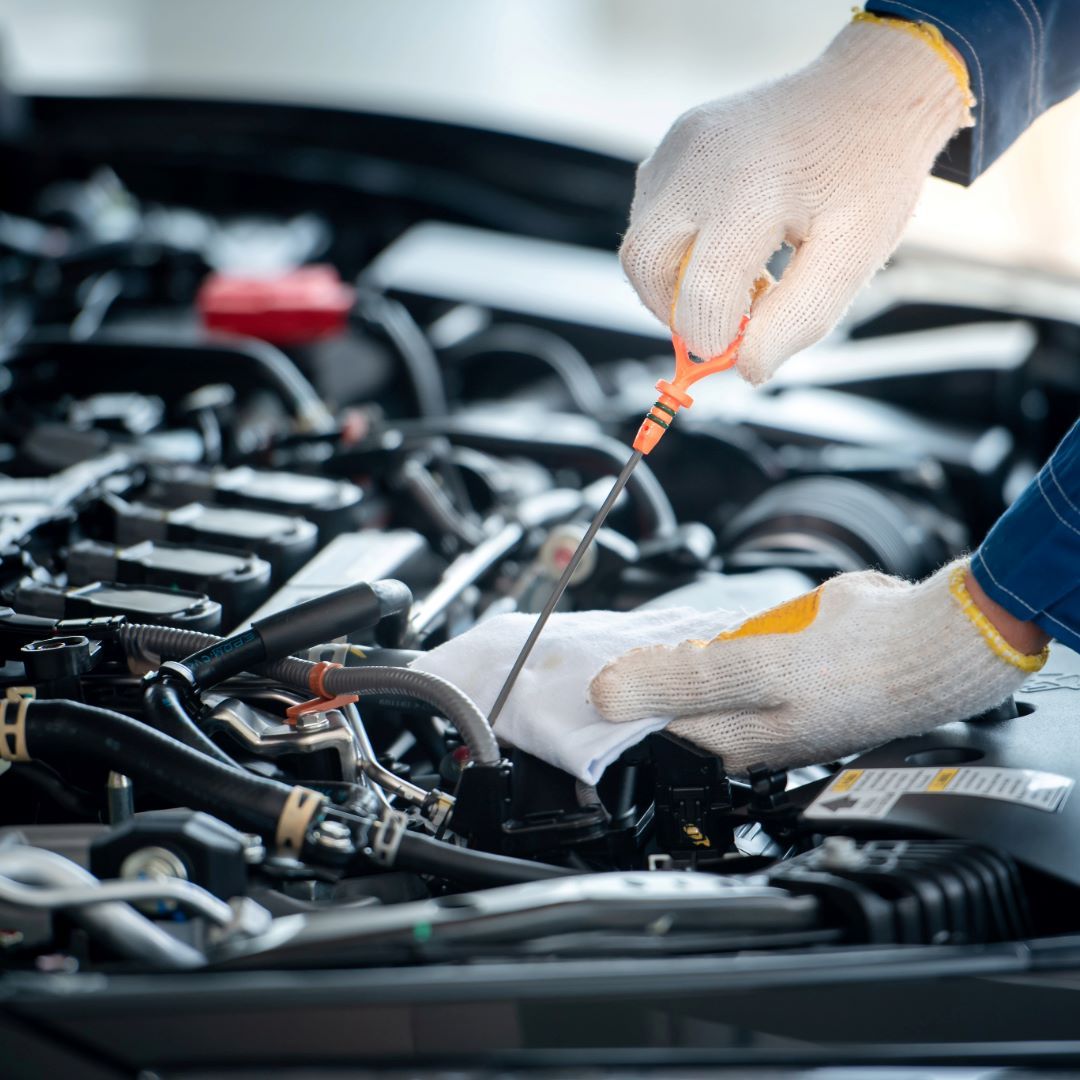Types of Transmissions: Which One Is in Your Vehicle?
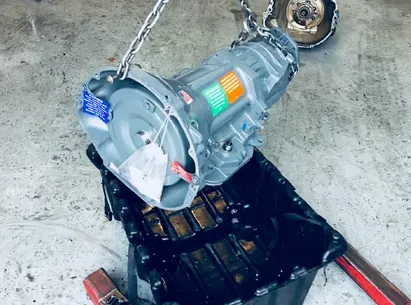
Types of Vehicle Transmissions | Transmission Service in Burien | ABC Auto Repair
The purpose of a transmission is to optimize your vehicle’s power, fuel efficiency, and engine longevity. It does this by controlling the torque output from the engine to the wheels, helping the engine stay within its ideal RPM range commonly referred to as the powerband.
Let’s take a look at the most common types of transmissions available today and what kind of maintenance each one requires.
1. Manual Transmission (MT)
The original and simplest transmission type, manual gearboxes require the driver to change gears using a clutch pedal and shift lever. Pressing the clutch disengages the engine from the transmission so gears can be selected smoothly.
Pros:
- Excellent fuel economy
- Lower cost of maintenance
- Greater driver control, especially during performance driving
Cons:
- Inconvenient in stop-and-go traffic
- Requires clutch service and proper fluid maintenance
Maintenance Tip: Manual transmissions need regular gear oil changes and clutch fluid checks. Fluid should be clean and topped off to maintain performance and prevent gear wear.
2. Dual-Clutch Transmission (DCT)
A dual-clutch transmission uses two separate clutches to control even and odd-numbered gears, allowing for lightning-fast gear changes without interrupting power to the wheels. It's ideal for high-performance vehicles.
Pros:
- Rapid, smooth shifts
- Excellent for acceleration
Cons:
- Can be jerky at low speeds
- More complex and costly to repair
Maintenance Tip: Some DCTs are sealed and require no fluid service, while others need regular fluid changes. Check your owner’s manual for specifics.
3. Hydraulic Automatic Transmission (AT)
The most common transmission in today’s vehicles, automatic transmissions shift on their own using a combination of hydraulic pressure, sensors, and clutch packs.
Pros:
- Easy to drive
- Great for everyday traffic and commuting
Cons:
- Lower fuel efficiency compared to manuals
- Sensitive to fluid condition and level
Maintenance Tip: Regular automatic transmission fluid (ATF) service is critical. Change the fluid and ATF filter at the recommended intervals to avoid premature wear or shifting issues. Learn more about how automatics know when to shift.
4. Automated Manual Transmission (AMT)
This is essentially a manual transmission with automated components that operate the clutch and shift the gears for you. The driver can override with manual gear selection, but it's not required.
Pros:
- Improved fuel efficiency
- Reduced driver workload
Cons:
- Often sluggish or jerky compared to true automatics
- Mixed reliability depending on manufacture
Maintenance Tip: Treat it like a manual when it comes to fluid checks and gearbox service.
5. Tiptronic / Manumatic Transmission
A Tiptronic transmission is a type of automatic that allows the driver to manually control gear changes using buttons or paddle shifters.
Pros:
- Offers driver control without needing a clutch
- Smooth, intelligent shifting behavior
Cons:
- Still functions like a hydraulic automatic at its core
- Same maintenance demands as traditional automatics
Maintenance Tip: Just like a standard automatic monitor ATF quality and replace the filter as needed.
6. Continuously Variable Transmission (CVT)
A CVT uses a system of pulleys and belts (or chains) to provide an infinite range of gear ratios. This keeps your engine operating at the most efficient RPM at all times.
Pros:
- Excellent fuel economy
- Smooth, gearless acceleration
Cons:
- Limited torque capacity
- Some drivers dislike the “rubber-band” feel
Maintenance Tip: CVTs require specialized fluid. Always use the manufacturer-specified fluid and follow a strict replacement schedule to avoid costly CVT transmission repairs.
Which Transmission Do You Have?
Whether you drive a Subaru Outback (CVT), Volkswagen GTI (DCT), Ford F-150 (10-speed AT), Toyota Tacoma (manual), or another model, understanding your transmission type helps you take better care of your vehicle.
Transmission Service in Burien
No matter what type of transmission you have, ABC Auto Repair in Burien is equipped to handle it. We provide professional transmission diagnostics, fluid flushes, clutch adjustments, and more.

